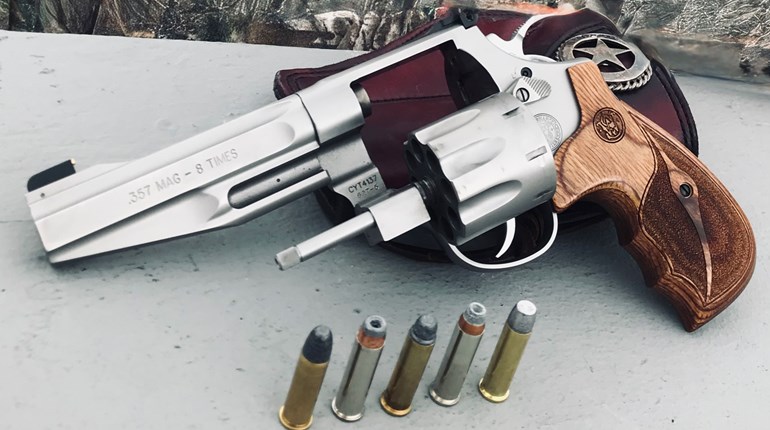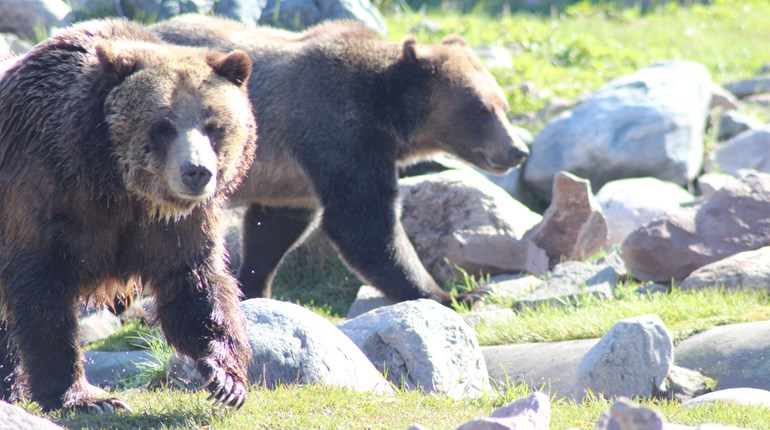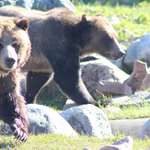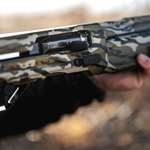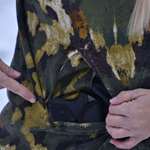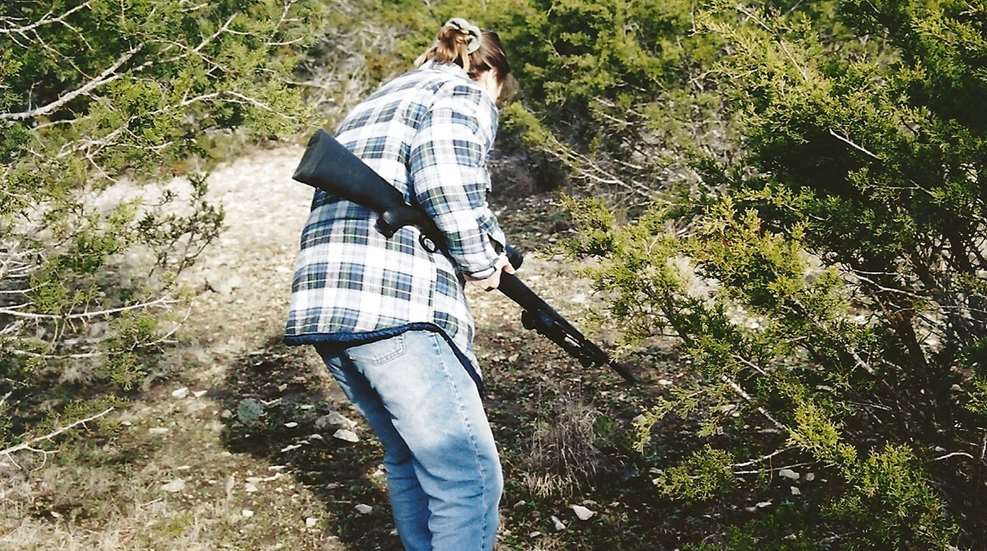
One of the most dangerous situations you could find yourself in is stumbling across a “kill” when you are hiking, camping or hunting in the back country. A kill is the partially eaten remains of a predator’s prey. When a large wildlife predator makes a kill, they almost always remain in the area until all edible parts are consumed. If you do find a predator’s leftovers, it is imperative to stay aware and keep in tune with your senses to prevent you from becoming the next course in a large carnivore’s meal.

Often, the first indication of a kill is the smell of death. Your sense of smell is very important in the back country. Many individuals who have survived a violent encounter from a large wildlife predator reported smelling a strong odor of rotting flesh just before being attacked. Either the attack happened so quickly that they could not react, or the victim, smelling a dead animal, started to investigate from where the odor was originating. If you are ever walking through the woods and smell rotting flesh, never look for the source. Instead, slowly back out of the area from which you came, while keeping a sharp eye out for the threat of a possible attack.

Your sense of hearing is also very important. Of course, you cannot hear a dead animal However, live animals can indicate that a kill is nearby. Sometimes an animal that is actively feeding on a carcass might growl as you approach. You might even hear the sounds of bones cracking and flesh being ripped from the carcass. You may even hear the impolite sounds of something eating with its mouth open and the smacking of lips! This is a good time to back away. Another indication of a kill is a humming or buzzing sound. In certain times of the year, blow flies quickly find a dead animal. There can be so many flies that the buzzing sound can be heard almost 100 yards away. Another sound that can give away a kill is the cries of a murder of crows or ravens. The caws of these birds not only reveal the location of a kill, but also get the attention of other wildlife predators that a dead animal is nearby.
What you cannot hear might also alert you to a kill. Hopefully, everyone has heard the sounds of nature. You are walking through the woods and listening to the birds singing and the squirrels chattering. All of a sudden, the silence becomes deafening. There is an eerie quietness that surrounds you. To put it mildly, this is the time to become concerned!
Your senses of sight and touch can also help you detect a kill. Of course, if you see a kill your life is definitely in jeopardy. Other visual clues might be vultures circling above, on the ground ... or a number of these birds perched together in a tree. Noticing that a lot of flies suddenly appear can give away a kill. You also might unexpectedly feel flies landing on you.
The last sense that you should never discount is your sixth sense! If something seems wrong or you get that uneasy feeling—believe it! If something does not seem right, it usually is not right, so trust your gut feelings. Do not second-guess yourself.
There are four large wildlife predators that pose a threat if you happen upon their kill. These are black bears, brown bears, mountain lions and wolves. It is possible to identify the wildlife predator from its kill.
Black and Brown Bear
Both black and brown bears will cover or cache their kills. This means when they are not actively feeding, they cover their kill. They do not bury their kills. They cover their kills with vegetation, sticks, rocks, dirt or whatever else they can find.
Bear kills show a lot of trauma. The kill shows signs of a very violent death with the prey being ripped and torn. There are also signs of bears around the kill. The ground is usually trampled with many tracks and bear scat around the carcass.
The tracks around the kill can identify which type of bear is feeding on the kill. With black bear tracks, the pads of the toes arch around the top of the pad of the foot. With brown bear tracks, the pads of the toes are in a relatively straight line above the pad of the foot.
You usually do not have a lot of time to waste trying to identify which bear is feeding on a fresh kill because a brown bear usually remains very close in between feedings!
Mountain Lion
Mountain lions, like bears, will cover or cache their kills. Unlike bears, there will be drag marks. When the mountain lion makes a kill, it usually drags the prey a short distance to a place where it feels safe to feed. This place is usually a spot that gives the mountain lion a clear view of its surroundings. Otherwise, the ground around the carcass is not disturbed and tracks and scat can be found around it.

A mountain lion kill is usually a lot cleaner than that of bears. The prey of mountain lions appear to have been cut up with sharp shears with clean edges. The carcass will show signs of claw marks on the shoulders and puncture marks on the neck.
The most tell-tale sign of a mountain lion kill is loose hair around the carcass. The mountain lion will pluck the hair around the area where it intends to feed. This predator feeds on the internal organs first. The mountain lion feeds only on the high protein organs such as the heart, liver, and kidneys. They do not eat the stomach or intestines. Lions enter the carcass at the stomach to access the internal organs. Once the internal organs are consumed, it moves to the rump and thighs. The mountain lion will feed on the carcass for several days until it is finished.

Wolf
Wolves do not cover or cache their kills like bears and mountain lions. Similar to bears, there is a lot of trauma to the carcass due to the fact that most wolf kills involve two or more animals, since they are pack hunters. Like mountain lions, wolves consume the internal organs first. But, unlike lions, wolves eat the stomach and intestines.

Wolf prey is usually consumed in very short order because multiple animals are feeding on it. This does not mean that once the prey is completely consumed, the danger is over. Each wolf gorges itself with about 20 lbs. of meat at a feeding. After they are full, wolves enter into a state called “meat drunk.” When this occurs, the pack lies around the site of the kill and sleeps. During this time, an unsuspecting hiker or hunter could inadvertently stroll into the middle of a sleeping pack of wolves!
When you head into the wild, your best lines of defense are staying alert and practicing good common sense. Follow your instincts, stay armed and stay safe!












